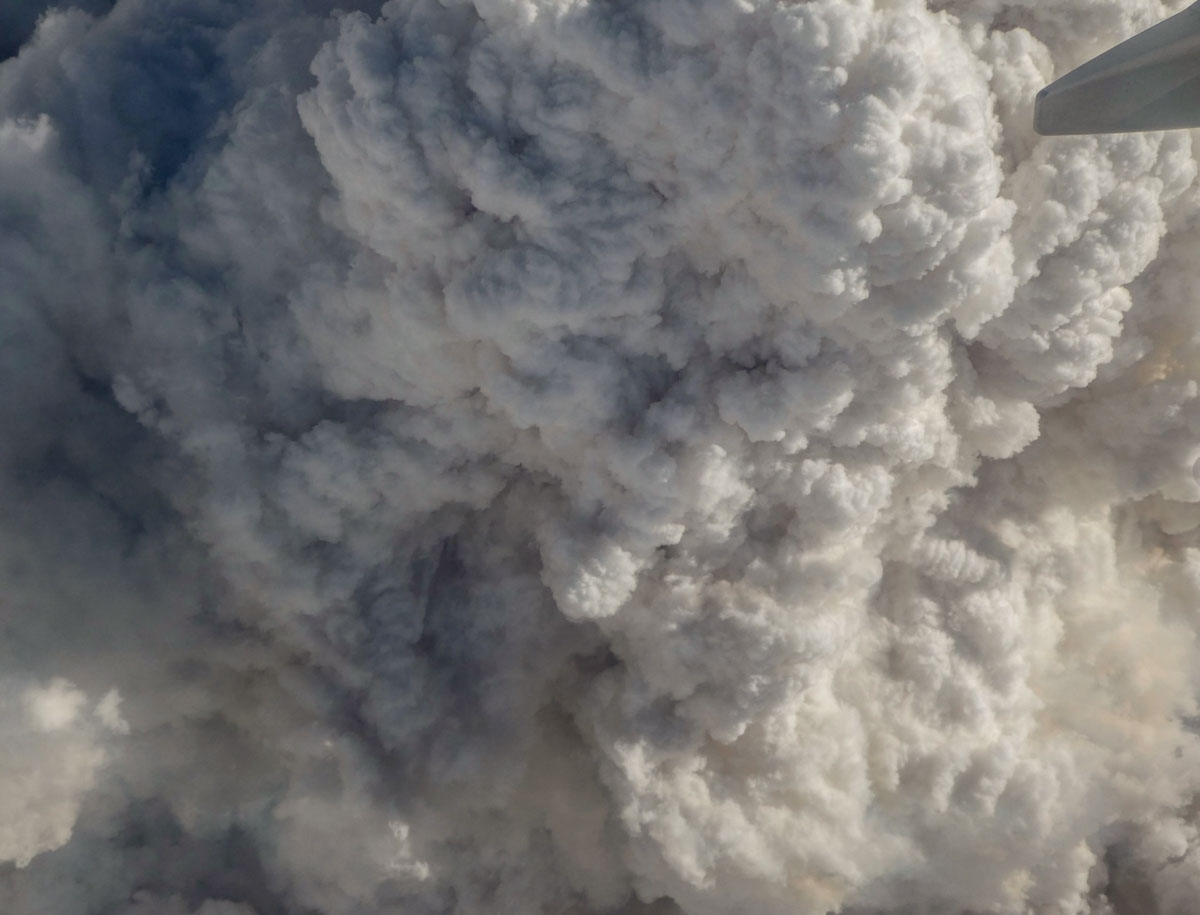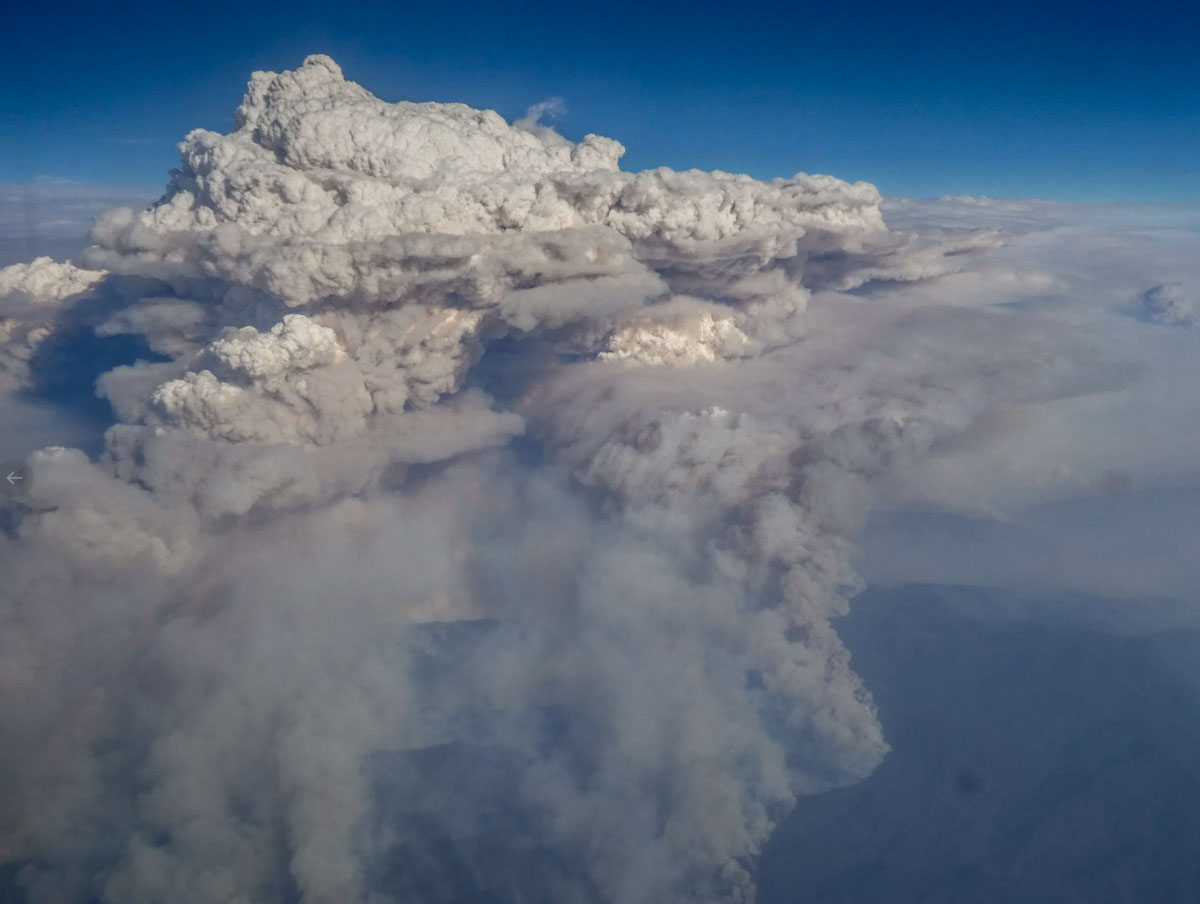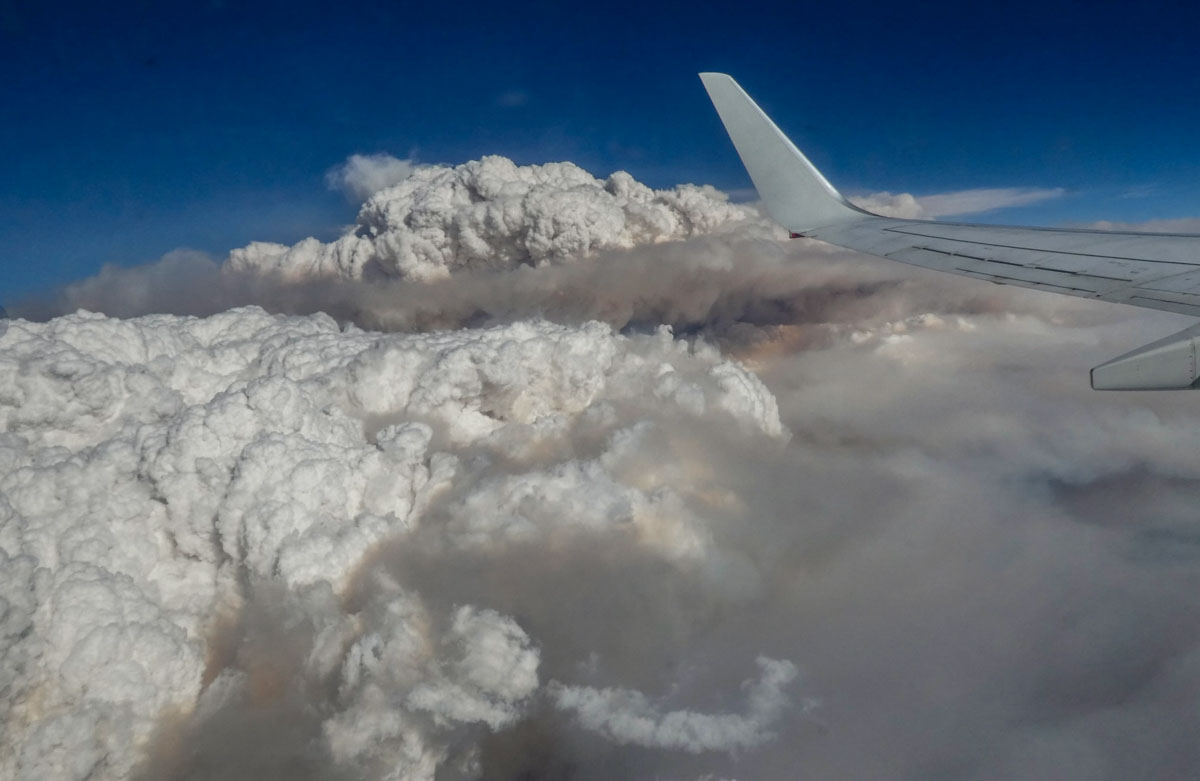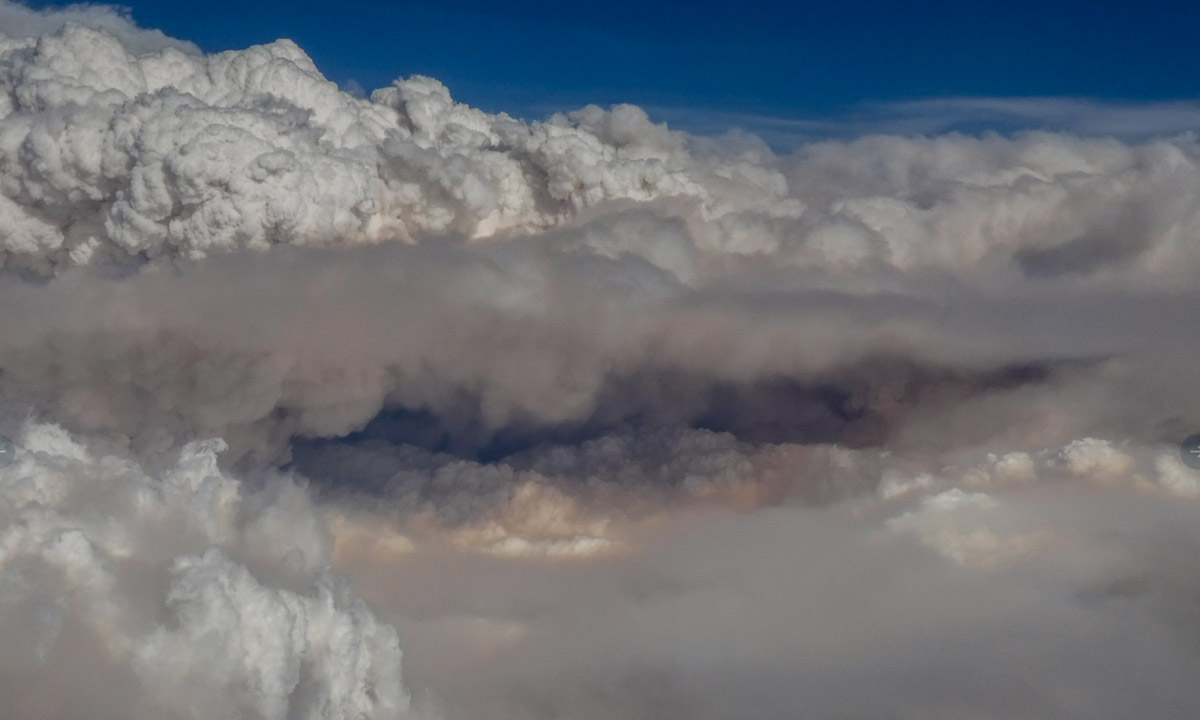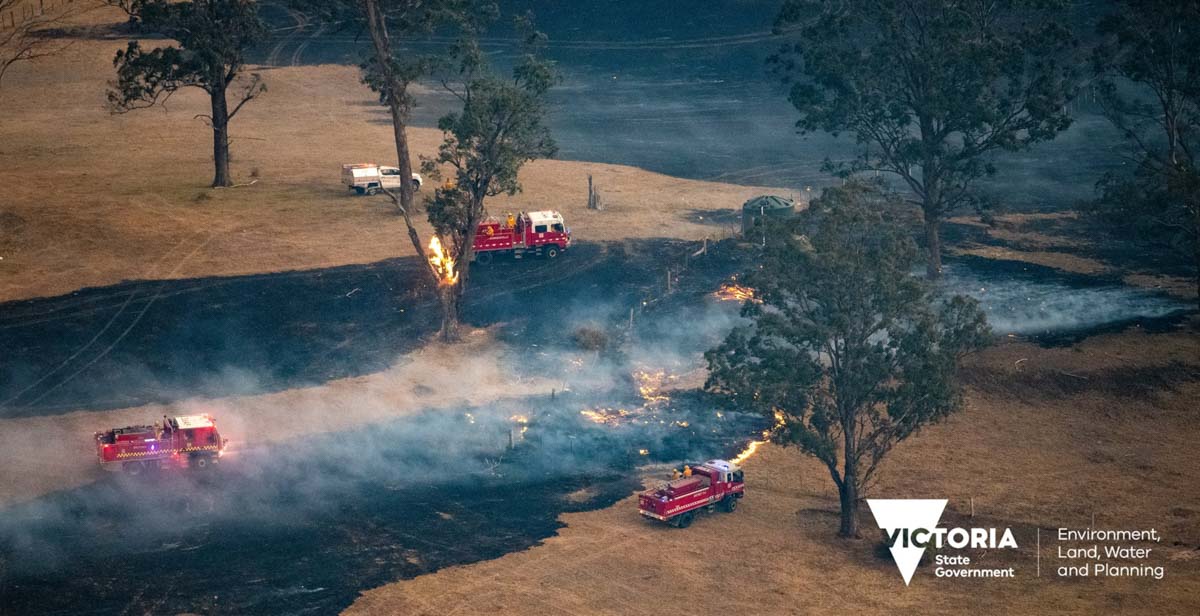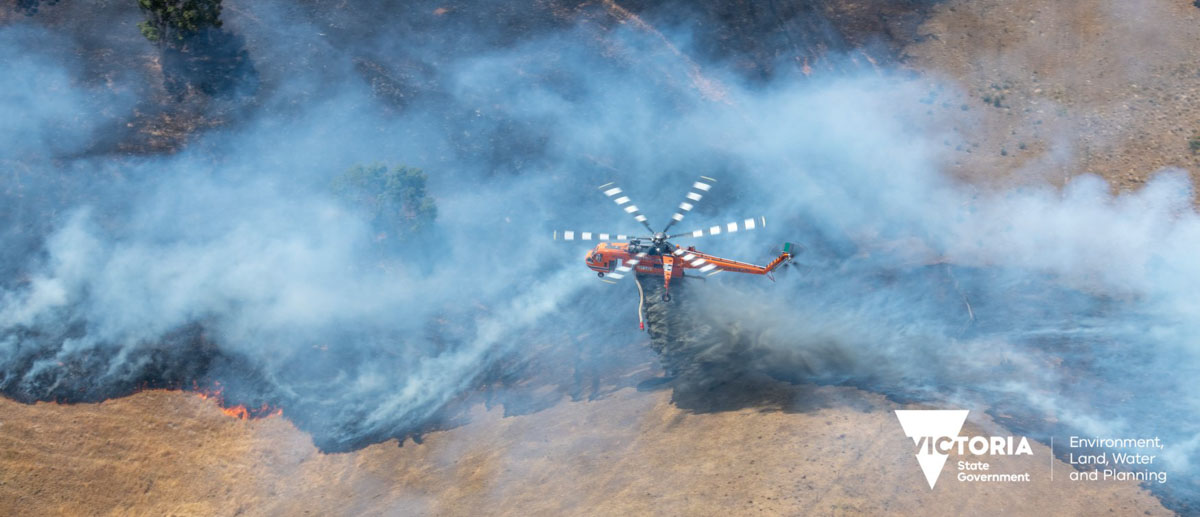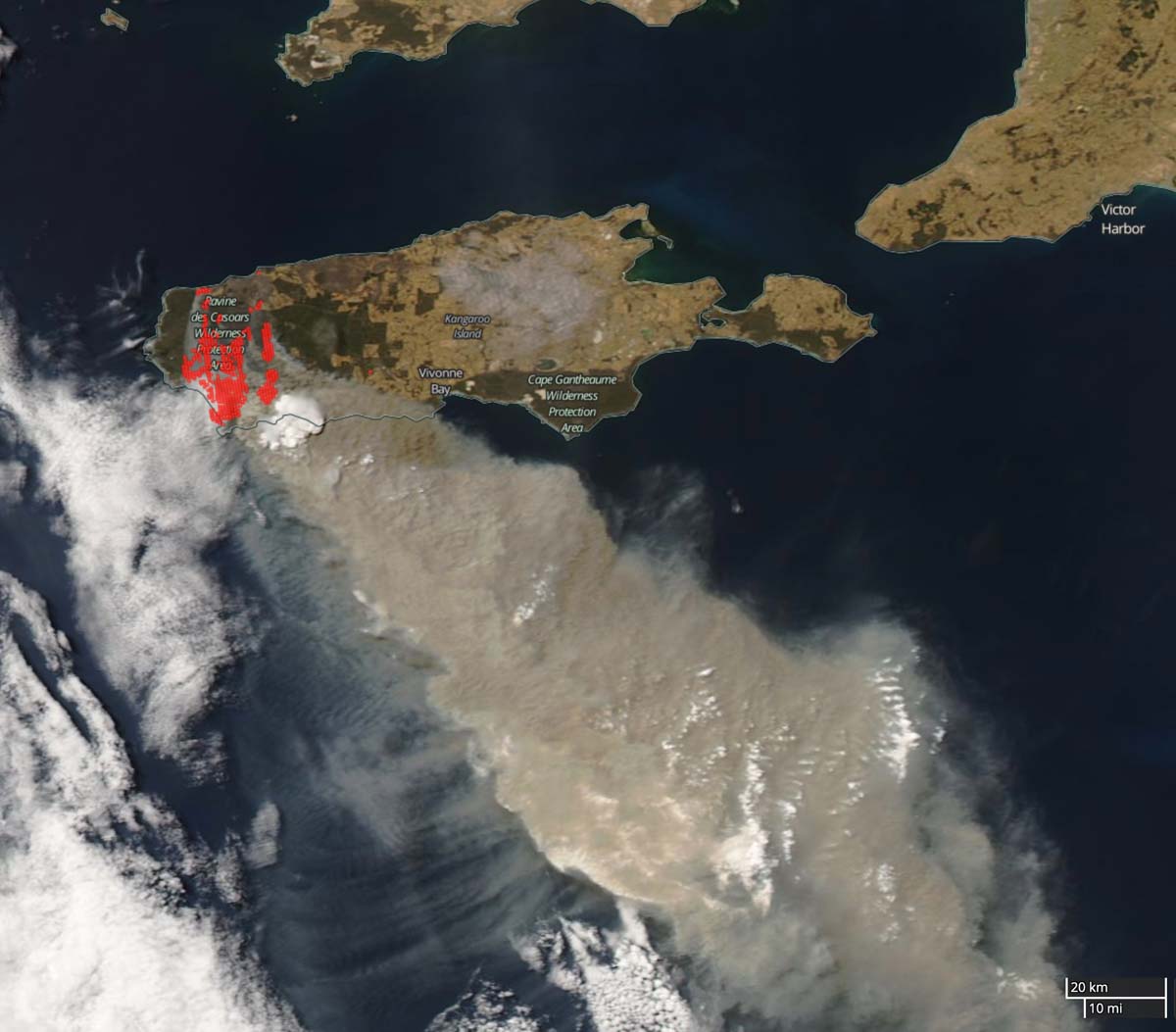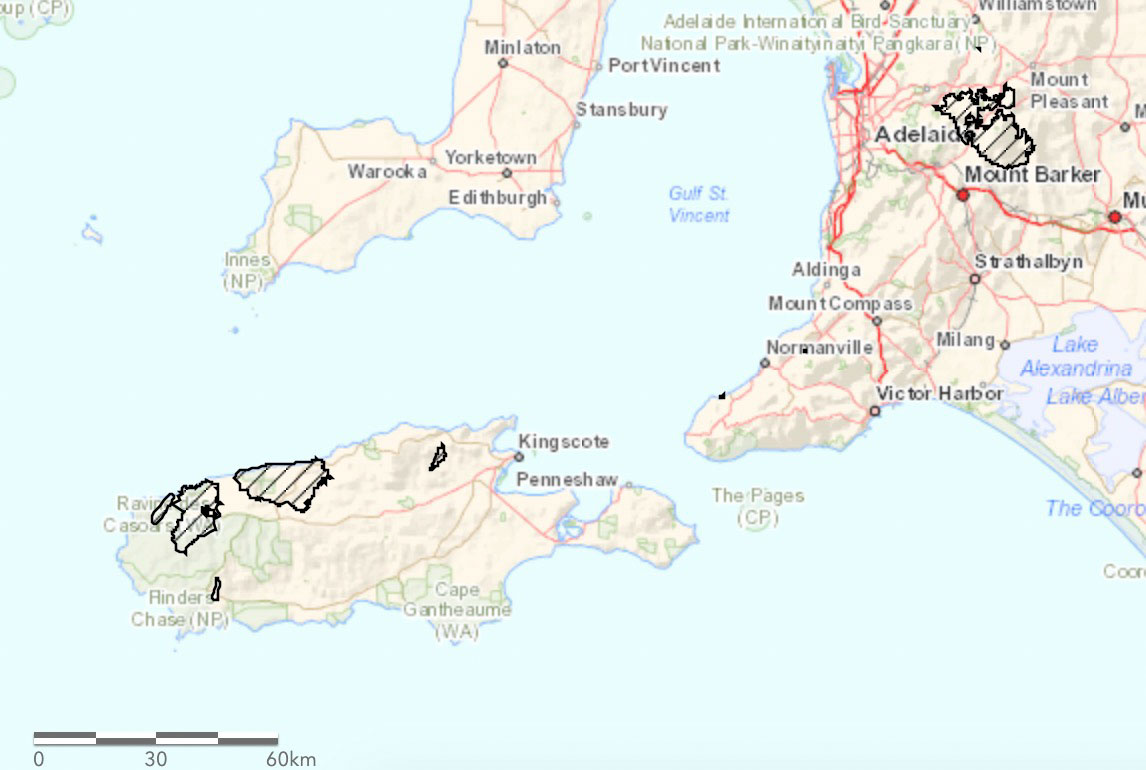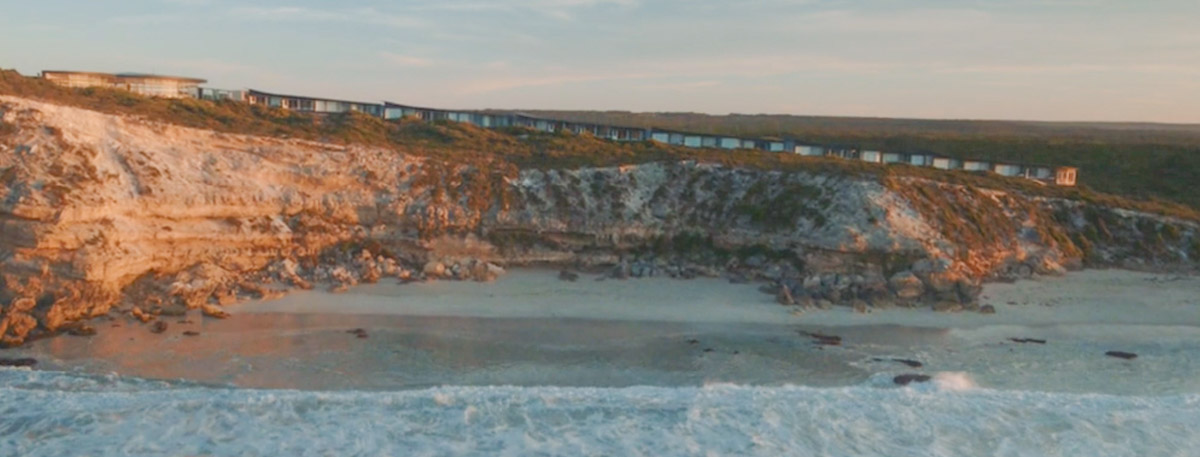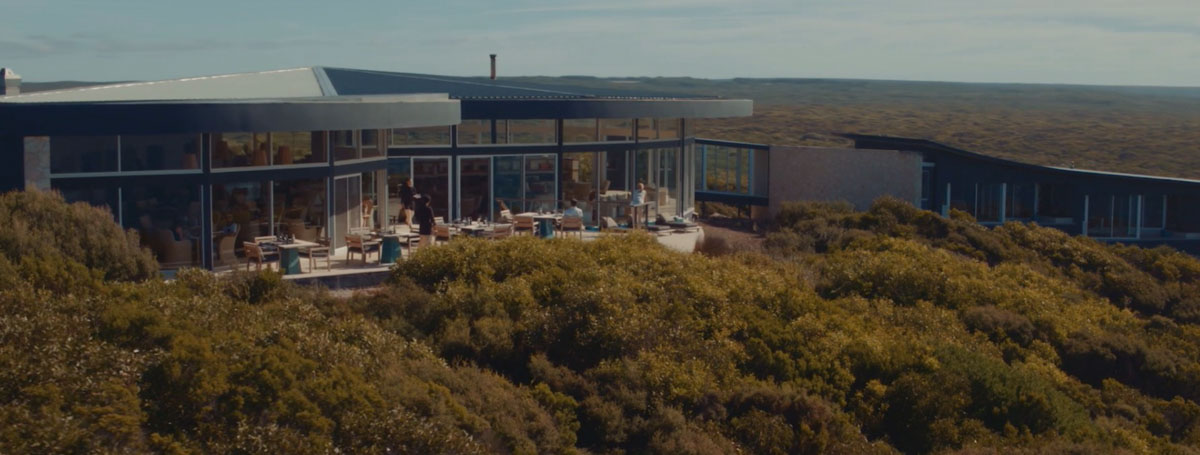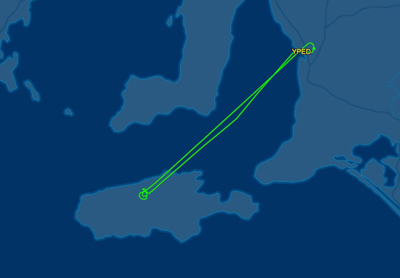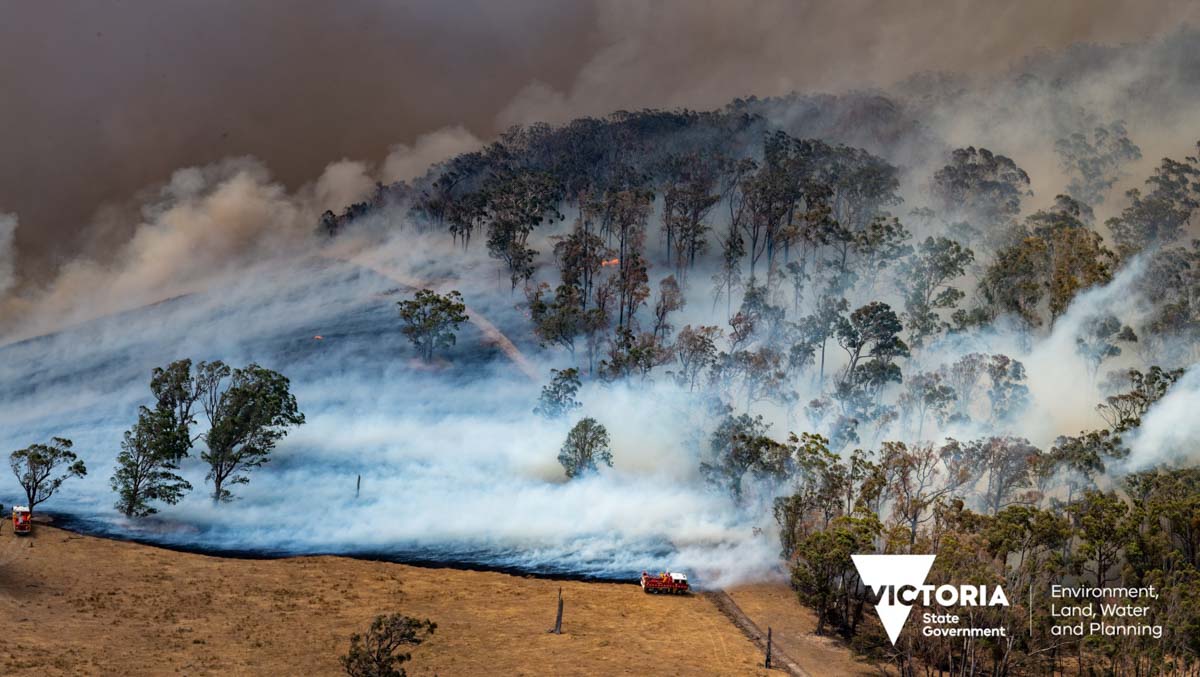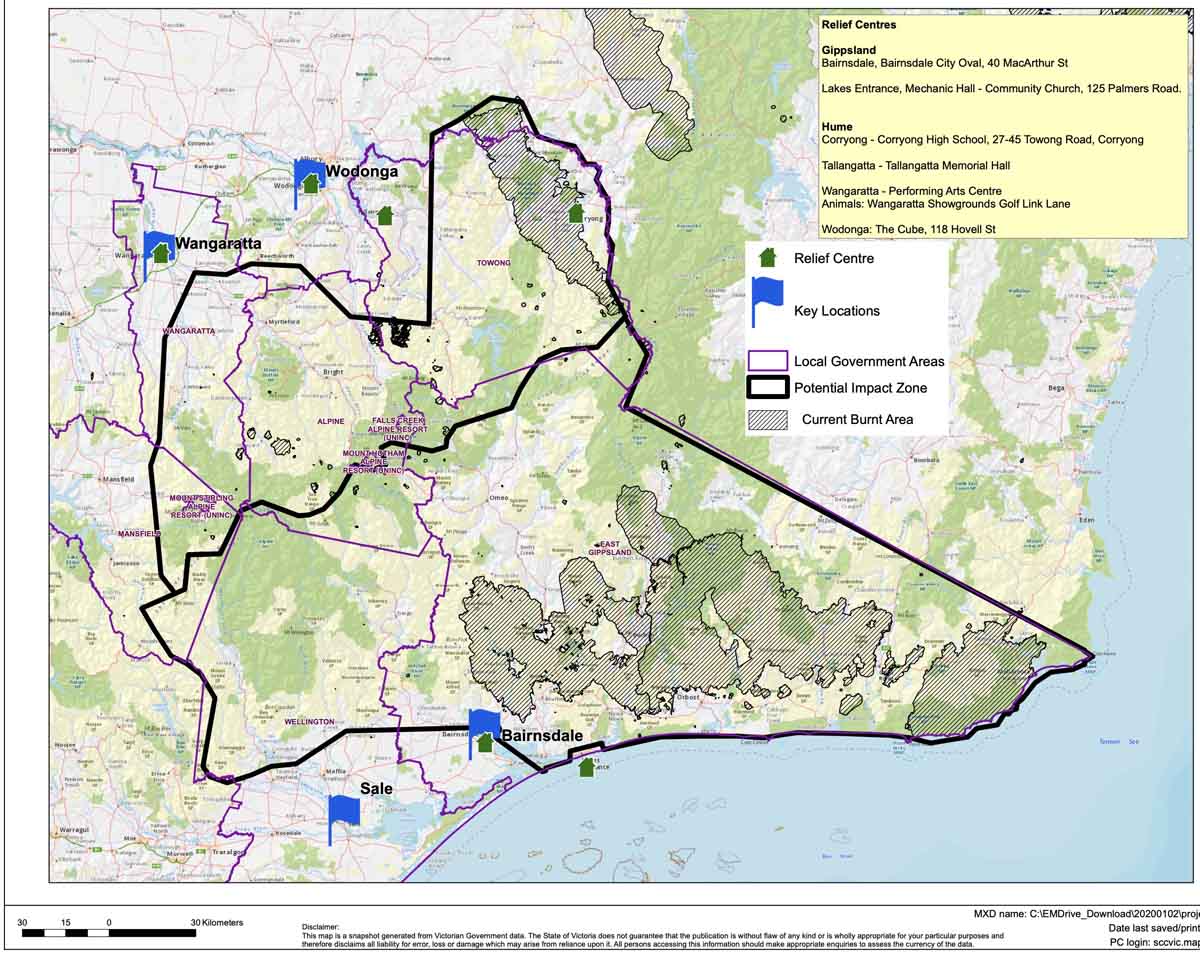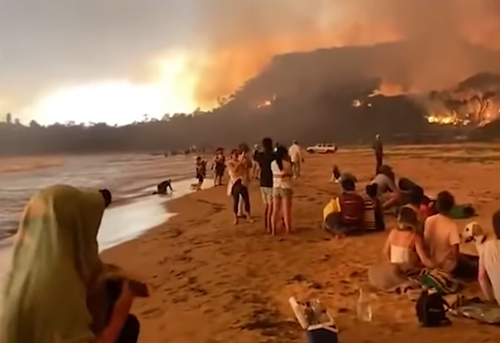
Two people were found dead on Kangaroo Island south of Adelaide, South Australia.
From the Australian Broadcasting Corporation:
An experienced pilot and his son have been killed in catastrophic bushfires that have ravaged more than a third of Kangaroo Island and destroyed homes and businesses. The family of tour operator and aviator Dick Lang has confirmed he perished in the blaze, along with his youngest son Clayton — a leading plastic surgeon who specialised in hand surgery. Dick Lang, 78, ran his own flight adventure business out of Adelaide Airport and was described as one of the nation’s “best bush pilots”.
Dick Lang lived and worked in the outback for most of his life, securing him the nickname ‘Desert’. His 43-year-old son was supervisor of surgical training at the Queen Elizabeth Hospital, his family said. Dick Lang had flown rescue operations in desert regions and over Papua New Guinea.
“He loved the bush, he loved adventure and he loved Kangaroo Island,” his family said.
“Dick and Clayton were prominent members of the South Australian community who rose to the top in their chosen professions.”
Police said the men died on the Playford Highway in the centre of the island, and that one of the victims was found inside a car.
In a statement, the Lang family said the men were returning to the family property on Kangaroo Island January 4 after fighting a nearby fire for two days.
This brings the death toll in the Australian fires up to 23 people, which includes three firefighters.
High humidities and a 2.5mm of rain Saturday morning slowed the spread of the Ravine Fire on Kangaroo Island. South Australia’s Country Fire Service said the two major fires on the island have burned more than 170,000 hectares (420,000 acres) which is 39 percent of the 88-mile long island. Many structures have burned or been damaged, including Kangaroo Island’s Visitor and Information Center, the KI Wilderness Retreat, and Hanson Bay Wildlife Sanctuary. The Premier, Steven Marshall, said all buildings in the island’s Flinders Chase National Park had been “very extensively” damaged. It has been confirmed that the Southern Ocean Lodge, the high-end resort on the southwest coast that charges over $1,000 a night, suffered severe damage.
The bushfires in Victoria and New South Wales continue to spread and force residents and vacationers from homes and resorts.
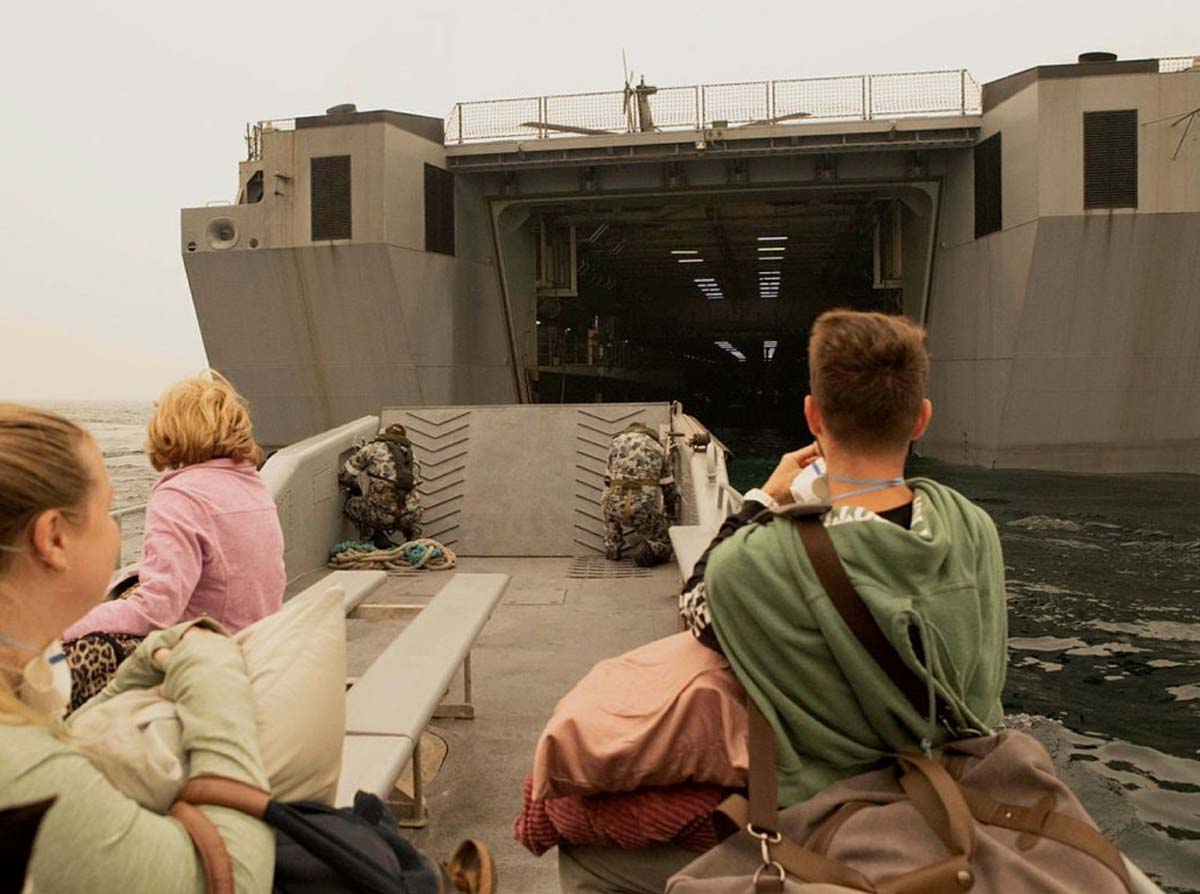
Naval vessels are being used to rescue those who were forced to flee to the coastal beaches. Small boats are ferrying them out to a ship in deeper water where those who are willing and able have to climb a ladder up to the much larger vessel built to carry 300 soldiers and 23 tanks. It is expected the ship will transport about 800 evacuees. Those who can’t board the ship and still want to leave, may be removed from the burnt-over area by helicopters, but visibility degraded by smoke could make flying difficult.
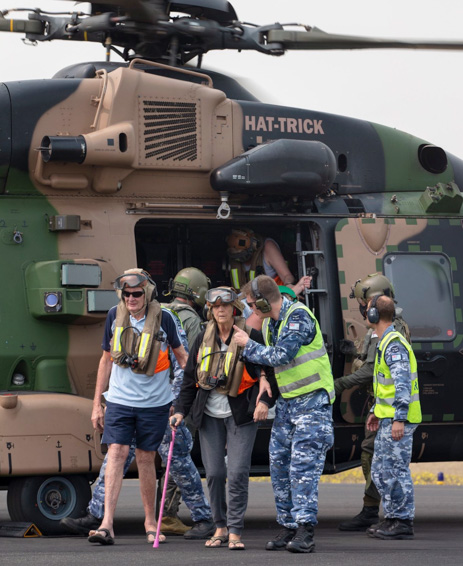
In addition to the ships and helicopters being used for evacuation the New South Wales Rural Fire Service Commissioner Shane Fitzsimmons was blindsided upon finding out from the media that Prime Minister Scott Morrison announced Saturday afternoon that 3,000 ADF reservists would be brought in to help with bushfire recovery efforts and $20 million would be provided for leasing four additional firefighting aircraft. Defense Minister Linda Reynolds said it was the first time that reservists had been called up “in this way in living memory and, in fact, I believe for the first time in our nation’s history.”
John Gould, President of 10 Tanker, said their company will be sending two more DC-10 Very Large Air Tankers to Australia as soon as the heavy maintenance presently underway is complete. He expects Tanker 912 to arrive in Australia on January 15 to be followed 10 days later by Tanker 914. They will join Tanker 911 that arrived in November. The DC-10 can carry up to 9,400 gallons of water or retardant.
From ABC:
Mr Fitzsimons said while he was thankful for the support, logistics would be complicated.
“I was disappointed and frustrated in the middle of one of our worst days with massive dislocation and movement of people,” he said. “I had my conversations with the Prime Minister’s office.”
As predicted, the weather Saturday in southeast Australia was hot, dry, and windy, setting temperature records in several locations — 120F degrees in Penrith and 111F in Canberra..

